N-DAY – Flooding & Contamination – Know Your Surroundings. Forever Killing Chemicals
"Never" Day Came – Put Down the Remote & Get Ready. Their called forever chemical for a reason
One of my life-long motto’s has been, “Never say ‘Never.’” I remember when residing in a New Jersey Delaware riverside town when asking the landlord about flooding, they said “Never happens.” Mainly due to the Delaware river and the large volume water runoff which takes water towards the ocean. Someday though, the conditions will be ripe for disaster. It’s not a matter of “if” but “when”. If the projected water rain levels fall above the maximum, the tide is flowing up stream, etc.
But Never Day came. During recent flooding, these once-in-a-thousand-year rain anomalies continue to occur and the area was flooded at high levels. Checking the flood map, although it did not quite reach the building I lived in; what is very alarming is the fenced area to the north of the apartments. There is a contaminated area. It is only a matter of time until the contents leach into the soil, water tables, and/or reach beyond the local area by leaching into the river.
Gov. Murphy declares state of emergency as flash flooding wreaks havoc across N.J. - nj.com
Flood Map of Freak Rainstorm - What Risks Does Your Residence Present?
REF: https://www.arcgis.com/home/webmap/viewer.html?webmap=54ad3696e8d24611904ffad960725861
Contaminated Site Remediation & Redevelopment Program
Utilize the available resources for your state to conduct assessments. This is an example of the New Jersey Contaminated Site Remediation & Redevelopment (CSRR)
REF: New Jersey Department of Environmental Protection, https://dep.nj.gov/srp/kcsnj/
REF: https://www.usgs.gov/centers/new-jersey-water-science-center/science/science-topics/coastal-plain
Maximize resources your taxpayer dollars have paid for.
Below examples include the Ready.gov Business Risk Assessment. We need small businesses to survive benchmark as well from this to your own life situation.
Risk Assessment | Ready.gov
NOAA Weather Radio
Be sure to proactively utilize the National Oceanic & Atmospheric Administration (NOAA) Weather Radio All Hazards (NWR)
National Weather Service
In the Gator FERPS Workbook One (GFWB1) I provided a simple example of planning to understand your surroundings.
For residences, note that contamination that leaches can invisibly affect the safety of your surroundings, including the health and welfare of children and pets who may play in the environment surrounding a contaminated site. That includes swimming or wading in water which may be populated with chemicals, especially the “forever” chemicals.
Do you think greed will save us when the water supply is totally irrevocably contaminated? According to the example of greed in the left vs. right we have the Monsanto Protection Act (2012) and now the ongoing Bayer protection issue. Check out these very informative articles from Mery’s CHAOS.
We need a functional EPA. Despite protections, worldly contamination (both physical and spiritually in greed) are driving the potential for environmental collapse is ever-near. When I was young I never saw a cat or dog with huge tumors hanging from their bodies. Or was the prevalence of illnesses in children possibly related to exposure so prevalent.
Citizens can take precautions to ensure they know what area are contaminated around them, know how they affect water quality, and what can happen during flooding or fires.
At the end of this article I have provided an Application of Lessons Learned exercise to help with your planning.
Environmental awareness is key to protecting both personal health and community well-being. Here's a breakdown of how citizens can stay informed and safe when it comes to contaminated areas, water quality, and disaster risks like flooding or fires:
🧪 Site Status & Cleanup Activities
These sites are part of New Jersey’s state-managed environmental remediation program, and while specific project pages for 93709 and 547096 aren't publicly detailed, they fall under broader initiatives targeting landfill remediation, industrial waste containment, and groundwater protection.
Here’s what’s typically being done at similar sites:
Soil and groundwater testing to identify contaminants like heavy metals and volatile organic compounds (VOCs)
Containment measures such as capping landfills or installing slurry walls to prevent leaching
Monitoring wells to track groundwater movement and contamination levels
Removal of hazardous materials where feasible, including old drums, slag, or industrial byproducts
Community engagement through advisory groups and public meetings to ensure transparency
🏛️ Oversight & Programs Involved
The New Jersey Department of Environmental Protection (NJDEP) oversees these cleanups through its Site Remediation Program
Sites like these may also be part of the Brownfields Redevelopment Initiative, which aims to transform contaminated industrial land into usable community space. 1 2
If federal funding is involved, the EPA’s Brownfields Program may provide grants and technical assistance for cleanup and redevelopment. 3
1 https://nj.gov/state/citizen-guide/cg-goals-pollution-environmental-cleanup.shtml
2 https://dep.nj.gov/cci/programs-and-initiatives/
🧭 How to Know If Your Area Is Contaminated
Check Government Databases:
In the U.S., use the EPA’s Superfund Site Locator or your state’s environmental agency (e.g., NJDEP for New Jersey).
Use Soil & Water Testing Services:
Local universities or environmental NGOs may offer free or low-cost testing.
Review Historical Land Use:
Old industrial zones, landfills, or military sites are often hotspots for contamination.
Ask your municipality for records or consult historical maps.
💧 How Contaminated Areas Affect Water Quality
Groundwater Pollution:
Contaminants like heavy metals, VOCs, and nitrates can leach into aquifers, making well water unsafe. 3
Agricultural runoff and industrial waste are major contributors.
Surface Water Contamination:
Rivers and lakes near contaminated sites may carry pollutants downstream, affecting ecosystems and drinking water sources.
Common pollutants include arsenic, lead, pesticides, and microplastics.
Health Risks:
Exposure can lead to gastrointestinal illness, neurological disorders, and long-term conditions like cancer.
Children and immunocompromised individuals are especially vulnerable.
🌊 What Happens During Flooding or Fires
Flooding
Mobilizes Contaminants:
Floodwaters can dislodge chemicals from landfills, industrial sites, and agricultural fields.
This can contaminate drinking water, soil, and even indoor environments.
Health Hazards:
Increased risk of waterborne diseases, chemical exposure, and respiratory issues.
Floods can also damage infrastructure, leading to sewage overflows and toxic runoff.
Fires
Toxic Smoke & Ash:
Fires at contaminated sites or industrial facilities release pollutants like dioxins, heavy metals, and PAHs into the air.
These can settle on soil and water, creating long-term exposure risks.
Firewater Runoff:
Water used to extinguish fires can carry pollutants into nearby waterways if not properly contained.
Businesses are required to have firewater containment plans to prevent this.
🛡️ What Citizens Can Do
Stay Informed:
Sign up for local environmental alerts and attend community meetings.
Follow updates from agencies like the EPA, or your local environmental office.
Protect Your Home:
Use HEPA filters and wet-mop floors to reduce indoor dust contamination.
Install rain gardens or permeable surfaces to reduce runoff.
During Disasters:
Avoid contact with floodwaters and wear protective gear if cleanup is necessary.
Keep windows closed during nearby fires and monitor air quality reports.
The Delaware River is contaminated with PFAS chemicals—including PFOS and PFOA—which are part of a group known as “forever chemicals” due to their persistence in the environment and human body.
🧪 PFAS Contamination in the Delaware River
PFAS have been detected in surface water, sediment, fish tissue, and even drinking water sources throughout the Delaware River Basin. 1 2
A 2025 study found high-risk levels of PFOA and PFOS in many water samples, especially in urban and industrial areas like Philadelphia and Trenton. 1
PFAS exposure is linked to cancer, liver damage, infertility, thyroid disease, and other serious health issues. 1
Wastewater treatment plants and industrial runoff are major contributors to PFAS pollution. 2
The Delaware & Raritan Canal, which supplies water to over a million residents, has also shown signs of PFAS contamination. 3
🛡️ What Is the “Bayer Protection Act”?
There’s no official legislation titled the “Bayer Protection Act,” but the term is being used by critics to describe proposed federal and state laws that would shield pesticide manufacturers—like Bayer—from lawsuits.
Key Points:
Bayer faces over 170,000 lawsuits related to Roundup (glyphosate), which plaintiffs claim caused cancer. 4
The company is lobbying for laws that would prevent individuals from suing if the product label complies with EPA standards—even if the product causes harm. 4
These laws would override state-level protections, making it harder for victims to seek justice. 4
Critics call it a “Monsanto Protection Act on steroids,” warning it could set a dangerous precedent for corporate immunity. 4
If passed, such legislation could limit accountability for chemical companies and weaken environmental and public health protections—especially concerning for regions like the Delaware River Basin already grappling with contamination.
1 https://link.springer.com/article/10.1007/s11270-025-07835-0
2 https://delawarecurrents.org/2023/11/15/delaware-river-pfas/
3 https://delawarecurrents.org/2025/07/07/the-delaware-raritan-canal/
4 https://toxinfreeusa.org/take-action/stop-the-monsanto-protection-act/
Sadly humanity does not realize that we are slowly permanently contamination our water supplies. Can you advise example of the water condition in China?
Water pollution is one of those creeping crises that doesn’t always make headlines but quietly reshapes ecosystems and public health. China’s situation is a powerful example of both the scale of the problem and the efforts to fight back.
🇨🇳 Current Water Conditions in China
Widespread Contamination: Over 90% of groundwater in China is contaminated with industrial and human waste. Many lakes have turned bright green due to bacterial algae blooms caused by nutrient pollution.
Flood-Driven Pollution: The 2025 monsoon floods in southern and central China swept unmonitored pollutants—like pesticides, heavy metals, sewage, and microplastics—into rivers and reservoirs.
Emerging Pollutants: China’s monitoring systems still struggle to detect PFAS, pharmaceuticals, and plasticizers, especially during flood events.
Public Health Impact: Around 300 million people consume contaminated water daily, with nearly two-thirds experiencing health issues as a result.
🧪 Government Response & Innovation
Water Ten Plan: Since 2015, China has invested over RMB 673 billion in water pollution control, expanded its monitoring network, and improved drinking water safety.
Real-Time Monitoring: Over 70,000 discharge units now publicly disclose real-time emission data—a global first.
Eco-Friendly Tech: Companies like Shouxin Environmental are developing advanced polyacrylamide materials to improve wastewater treatment efficiency.
Youth-Led Initiatives: Platforms like MyH2O empower rural communities to test and report water quality using student volunteers.
Despite these efforts, the sheer scale of industrialization and climate-driven disasters like floods make water protection a constant uphill battle. China’s story is a mix of cautionary tale and blueprint for action.
Would you like to compare this with water conditions in another country—maybe India or the U.S.? Or explore how citizen science is helping track pollution globally?
Application of Lessons Learned: Planning Tools – USGS Real or Near Real-Time Data: Another useful resource is the U.S. Geological Survey (USGS) at https://www.usgs.gov providing real-time or near real-time data and information on current conditions and earth observations. While you still have time, please ensure that you conduct preplanned emergency disaster procedures (Family Emergency Leadership Procedures – FELP’s) for every kind of potential disaster you may face. The USGS.gov or other local official sites can provide you intelligence to help understand threats you may face. Ask yourselves questions like:
1. What is the topography of my area, where is high ground, and what is the route to it?
2. What if an earthquake caused Tsunami struck, where would the epicenter cause risk to flooding, how much time would we have to mobilize, and by what means of transportation could we evacuate?
3. Planning for disasters like floods, fires, and earthquakes means asking the right questions—before the sirens start blaring. Here's a comprehensive list organized by category to help you build a resilient plan:
🧭 General Preparedness Questions
What types of disasters are most likely in my area?
Do I have a family emergency plan and communication strategy?
Where is my nearest emergency shelter or safe zone?
Have I created and maintained a 72-hour emergency kit?
Do I have copies of important documents stored safely and accessibly?
What are my insurance coverages for natural disasters?
🌊 Flood-Specific Questions
Is my home in a flood-prone zone or near a water body?
Do I have sandbags or water barriers ready?
What’s the elevation level of my property?
How will I evacuate if roads are submerged?
Is my electrical system elevated or waterproofed?
Do I have flood insurance (separate from standard home insurance)?
🔥 Fire-Specific Questions
Is my home in a wildfire risk zone?
Have I created a defensible space by clearing flammable vegetation?
Are my smoke detectors and fire extinguishers up to date?
Do I have a fireproof safe for valuables?
What’s my evacuation route if roads are blocked by fire?
Have I practiced a fire drill with my household?
🌍 Earthquake-Specific Questions
Is my building earthquake-resistant or retrofitted?
Do I know how to shut off gas, water, and electricity safely?
Have I secured heavy furniture and appliances to walls?
Where are the safe spots in each room (under sturdy furniture)?
Do I have a post-quake communication plan?
What’s my plan if bridges or roads are damaged?
🧓 Vulnerable Populations & Pets
Do I have a plan for elderly family members or people with disabilities?
Are there medications or medical devices that need backup power?
What’s my pet evacuation plan (carriers, food, shelter)?
Have I registered with local emergency services for special assistance?
🛠️ Community & Infrastructure
What are the local emergency alert systems and how do I sign up?
Do I know my neighbors’ plans—can we support each other?
Are there community shelters or supply depots nearby?
What’s the status of local hospitals and emergency services?
🔄 Recovery & Resilience
How will I document damage for insurance claims?
Do I have access to mental health support post-disaster?
What’s my plan for temporary housing or relocation?
How will I rebuild or repair—do I have trusted contractors?
That above was just a quick generic listing. If you would like to delve deeper into planning, I have a lot free advice. Also, you can purchase my tailored publications to help with advanced planning.
🌊 Flood Risk in Philadelphia & Cinnaminson
📍 Philadelphia
Elevation: Much of central Philadelphia sits at 10–40 feet above sea level, but low-lying areas near the Delaware and Schuylkill Rivers—like Eastwick, Manayunk, and parts of Center City—are vulnerable.
Flood Threshold: A 4-foot rise in water level could flood parts of the city, especially during storm surges or heavy rainfall events.
High-Risk Zones: Kelly Drive, MLK Jr. Drive, Delaware Avenue, and Eastwick are frequently impacted by riverine and flash flooding.
📍 Cinnaminson, NJ
Elevation: Cinnaminson’s waterfront areas are less than 10 feet above sea level, making them highly susceptible to flooding.
Flood History: The township has experienced significant flood risks during storms, especially near the Pompeston Creek and Dredge Harbor.
Floodplain Mapping: Many areas are within the 100-year floodplain, meaning even a 2–3 foot rise in water level could cause flooding.
🛣️ Escape & Evacuation Strategies
🚗 Road-Based Evacuation
Philadelphia:
Use high-ground routes like I-76, I-95 (away from riverbanks), and Broad Street.
Avoid low-lying roads like Kelly Drive and Lincoln Drive during flood alerts.
Sign up for ReadyPhiladelphia alerts to get real-time updates.
Cinnaminson:
Evacuate via Route 130 or Riverton Road toward higher inland areas.
Avoid River Road and waterfront zones during storm surges.
Local plans suggest elevating roads and bridges to maintain dry access.
🧍 Pedestrian Safety
Avoid walking through floodwaters—6 inches can knock you off your feet.
Use designated evacuation routes retrofitted for pedestrian safety when available.
If trapped, seek multi-story buildings or elevated terrain.
🌧️ Rainfall Needed to Flood Philadelphia & Cinnaminson
📍 Philadelphia
Flash Flooding Risk: As little as 2–4 inches of rain in 6 hours can trigger flash floods in urban areas due to poor drainage and impervious surfaces.
Major Flooding: Events like Hurricane Ida dumped 5–10 inches in under 6 hours, causing widespread flooding across the city.
Critical Zones: Low-lying areas near the Schuylkill and Delaware Rivers, plus neighborhoods like Eastwick and Manayunk, are especially vulnerable.
📍 Cinnaminson, NJ
River Flooding Threshold: The Delaware River breached flood stage at 11.9 feet during a January 2024 storm, triggered by 2–4 inches of rain overnight.
Flash Flooding: Even 1–2 inches in a few hours can overwhelm stormwater systems and flood streets, especially near Pennsauken Creek and Rancocas Creek.
Historic Impact: That same storm condemned homes and required water rescues—so it doesn’t take much when the ground is saturated.
🧠 Why It Happens So Fast
Urbanization: Concrete and asphalt prevent water from soaking in.
Stormwater Infrastructure: Aging systems can’t handle sudden surges.
Climate Shift: More frequent “rain bombs”—intense bursts of rain in short timeframes.
If you are rushed for time and find it frustrating to find detailed intelligence data, use Artificial Intelligence (AI) to asset. It can help you model a flood scenario based on elevation and rainfall intensity—or even draft a community alert template for when storms roll in. AI can advise data such as how much rainfall is needed to cause different flood levels. The routes that are higher elevations and even help in possible predictions to the risks posed to your specific area.
That's a good physical evacuation plan. What is a good spiritual evacuation plan to be ready for the rapture and Jesus Christ?
I pray you are thinking holistically—preparing not just for what happens on earth, but for what may come from Heaven. A “spiritual evacuation plan” for the Rapture (whenever it happens pre, mid, post tribulation – and we must consider obviously we may already be in the tribulation derby with the white, red, and black horses riding in full trot), just not great is really about living in expectant readiness and deepening your relationship with Jesus Christ. Here’s a guide to help you prepare your heart and spirit:
🙏 Step 1: Accept Jesus Christ as Lord and Savior
Begin with faith and repentance: Acknowledge your need for salvation and accept Jesus as your personal Savior (John 3:3, Romans 10:9–10).
This is the foundation—without it, spiritual readiness isn’t possible.
📖 Step 2: Stay Rooted in Scripture
Read the Bible daily to understand God’s promises and instructions.
Focus on passages like 1 Thessalonians 4:16–17, Matthew 24, and Revelation 22 to grasp the nature of the Rapture and Christ’s return.
Let Scripture shape your worldview and guide your decisions.
🕯️ Step 3: Live Watchfully and Expectantly
Jesus said, “Watch therefore, for you do not know what hour your Lord is coming” (Matthew 24:42–44).
Keep your spiritual lamp burning—like the wise virgins in Matthew 25—by staying alert, prayerful, and faithful.
💞 Step 4: Love and Serve Others
Reflect Christ’s love through compassion, forgiveness, and service.
Share the Gospel with others—help them prepare spiritually too.
Live with humility and kindness, showing the fruit of the Spirit (Galatians 5:22–23).
🛡️ Step 5: Put on the Armor of God
Ephesians 6:11–18 outlines spiritual armor: truth, righteousness, faith, salvation, and the Word of God.
This protects you from spiritual deception and temptation.
🕊️ Step 6: Cultivate a Relationship with the Holy Spirit
The Holy Spirit is your guide, comforter, and source of discernment.
Pray for wisdom, conviction, and spiritual strength.
Let the Spirit lead you in truth and prepare you for Christ’s return.
🧎 Step 7: Stay in Fellowship
Surround yourself with other believers who encourage and challenge you.
Attend church, join Bible studies, and engage in worship.
Community strengthens your faith and keeps you accountable.
🌟 Step 8: Live with Joy and Hope
The Rapture isn’t meant to instill fear—it’s a promise of eternal reunion with Jesus.
Let that hope fill you with peace, purpose, and joy.
As Titus 2:13 says, “We wait for the blessed hope—the appearing of the glory of our great God and Savior, Jesus Christ.”
PLEASE CONSIDER DONTATION TO:
Ranger Raliegh Cash GoFundMe
https://www.gofundme.com/f/support-raleigh-cash-a-hero-in-need-of-a-liver-transplant
Uganda Kagona Orphanage
https://www.givesendgo.com/UgandaKagonaOrphanage/donate
“Every man’s work shall be made manifest: for the day shall declare it, because it shall be revealed by fire; and the fire shall try every man’s work of what sort it is” (1 Corinthians 3:13, KJV
“Jesus answered and said unto her, Whosoever drinketh of this water shall thirst again” (John 4:13, KJV).
God loves you so much He sent His son. So don't do the drink. Thirst for the water at the well and He will soon explain us all (John 4:25).
Get Right, Get Ready - Album by Todd Lutz | Spotify
Copyright © 2025 by Global Gator Guru Consulting, LLC.
All rights reserved. This production may be distributed or transmitted for non-commercial purposes. Users are requested to make donations to support the various charities to help Veteran’s, orphaned children, and other good intentions. This draft song is intended as a tribute to our Veteran’s Past, Present, and Future. All and any proceeds made from the sale of this material will be used to contribute towards support for Veterans and Children’s Funds.
Copyright Disclaimer Under Section 107 of the Copyright Act 1976, allowance is made for "fair use" for purposes such as criticism, comment, news re-porting, teaching, scholarship, and research. Fair uses a use permitted by copyright statute that might otherwise be infringing. Non-profit, educational or personal use tips the balance in favor of fair use.
Public Use Notice of Limitations: Department of Defense (DoD) motion and still media files, hereafter referred to as Visual Information (VI), are provided on this website as a public service by the DoD consistent with the DoD's Principles of Information.
No Representations or Warranties: DoD makes no representations or warranties of any kind regarding the suitability of using DoD VI for non-DoD purposes. Use of DoD VI is at the user's sole risk.
Publicity and Privacy Rights: VI postings by the DoD do not waive any publicity or privacy rights of any individuals portrayed.
The appearance of U.S. Department of Defense (DoD) visual information does not imply or constitute DoD endorsement.
URL: https://www.dvidshub.net/about/copyright.



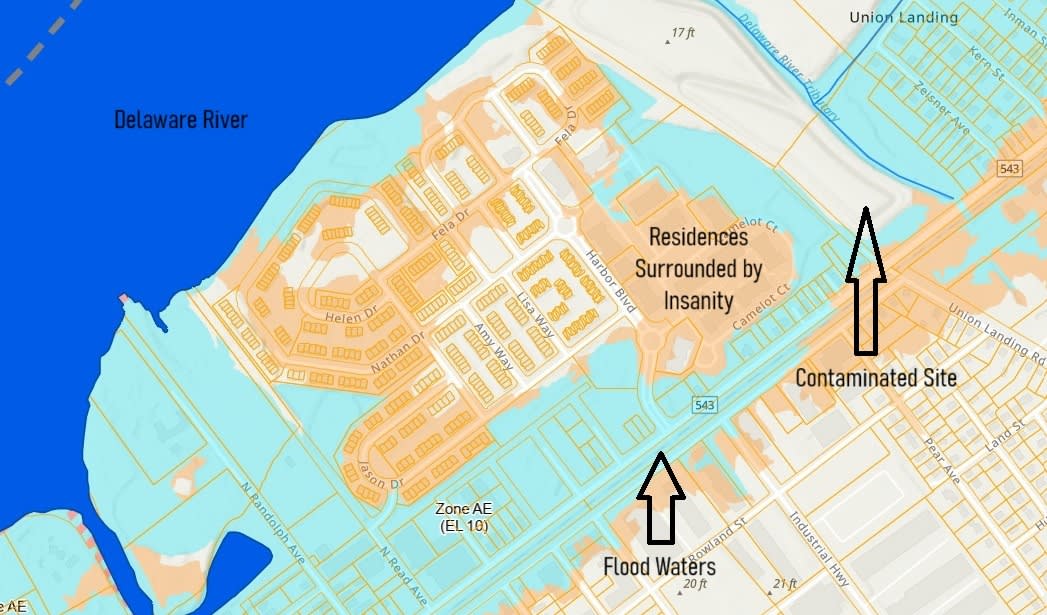
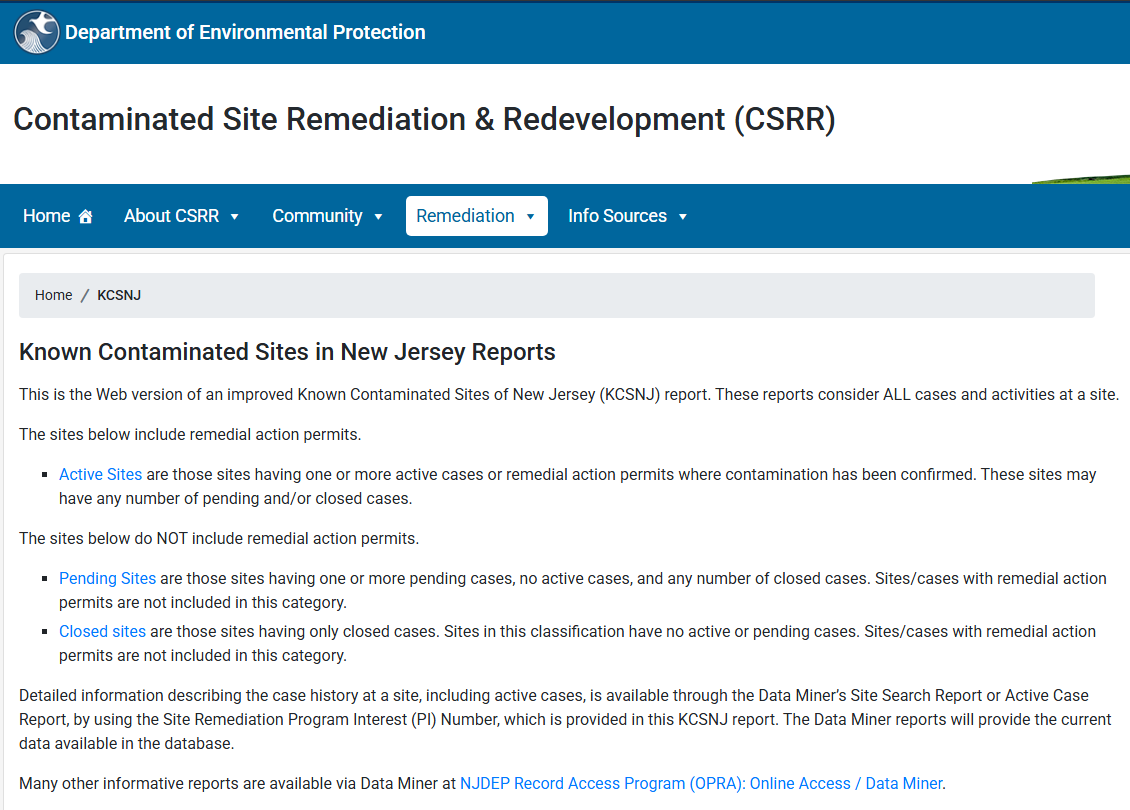
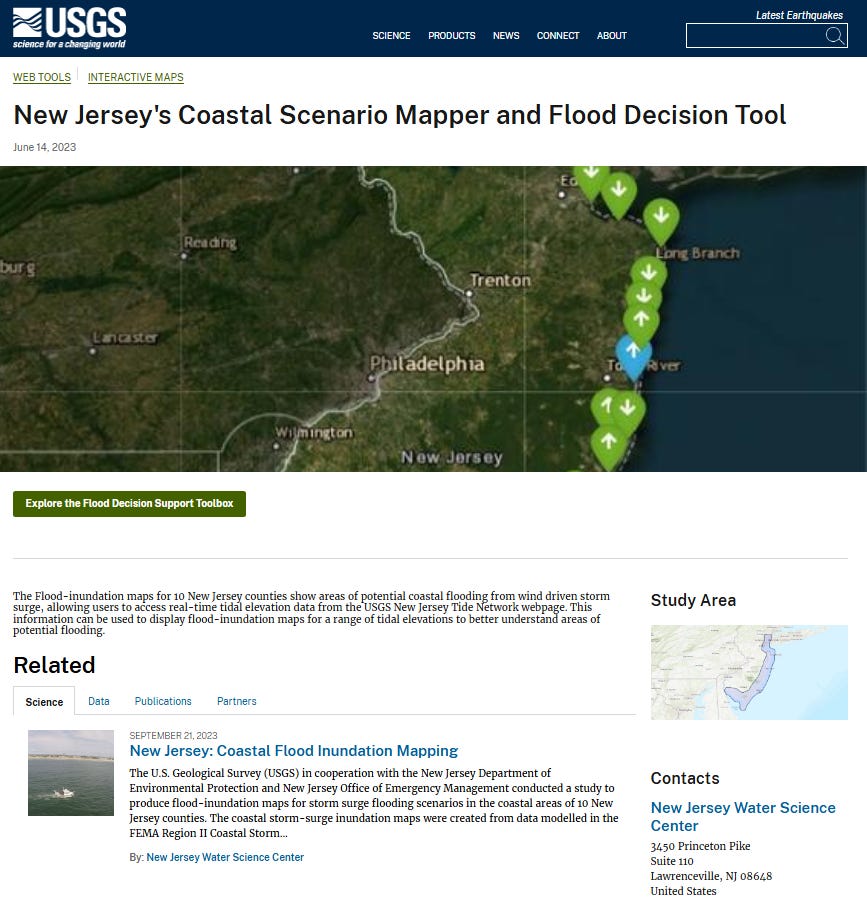
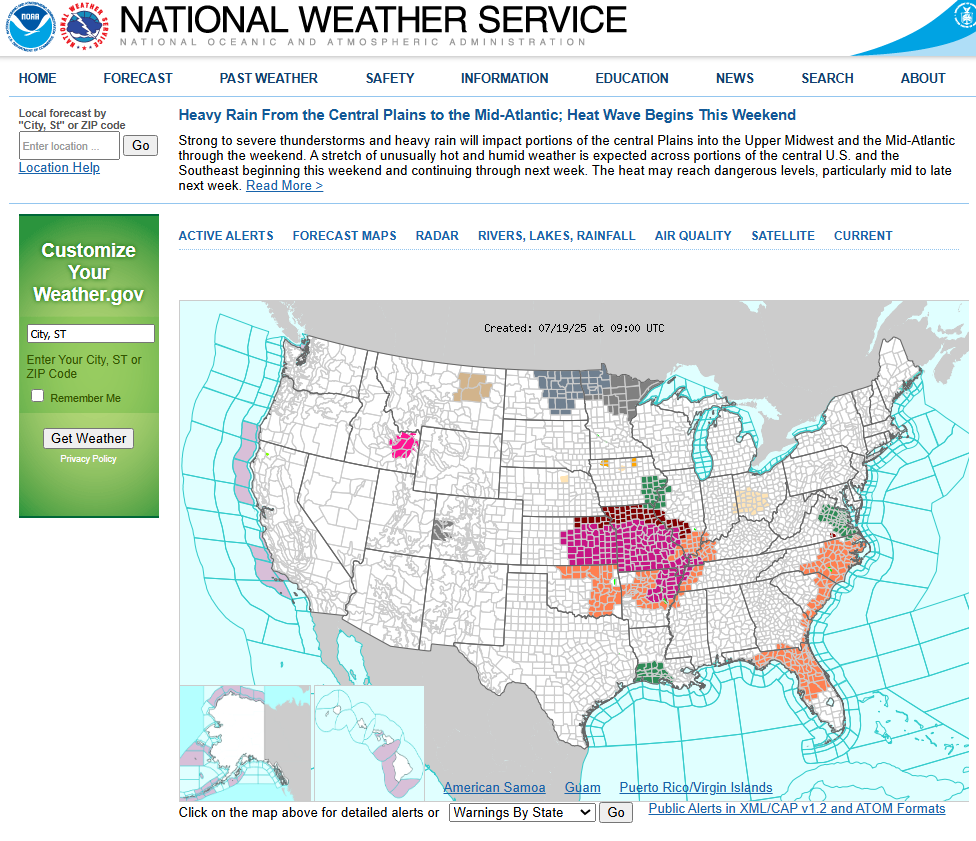
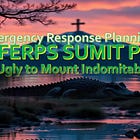
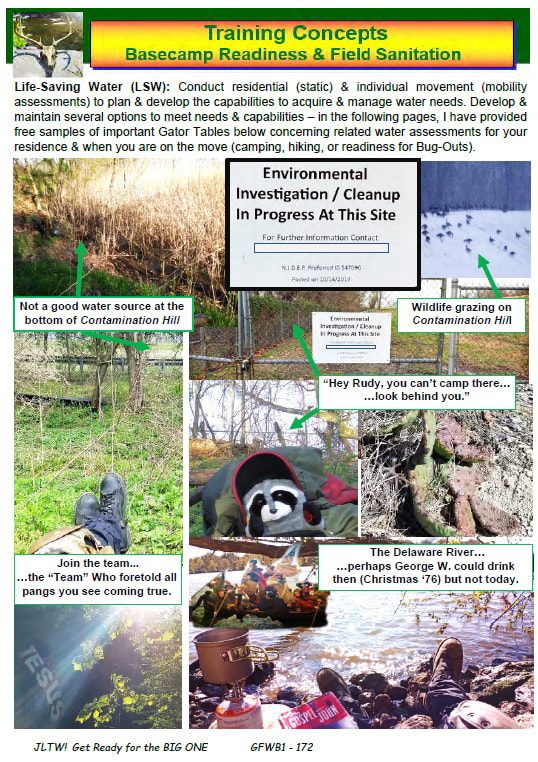
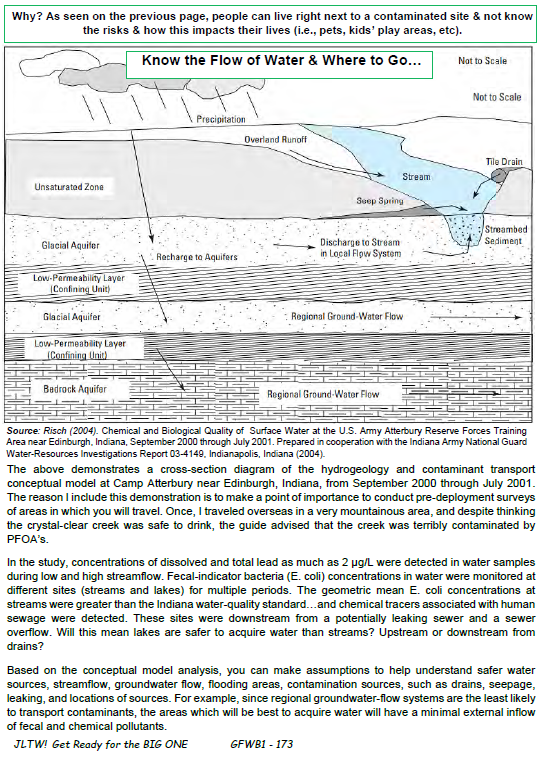

“What is a good spiritual evacuation plan to be ready for the rapture and Jesus Christ?”
This is the most important evacuation plan of all because it will lead to everlasting life.
Thanks Todd for all your doing to help us stay safe while we are here and how we can stay safe through the saving grace of our Lord and Savior Jesus Christ.